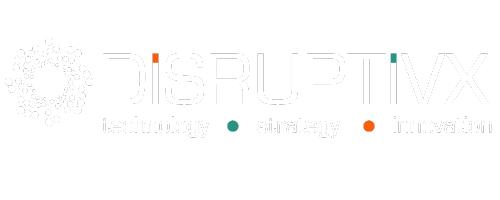In today’s rapidly evolving business landscape, digital transformation has become a critical imperative for organisations seeking to remain competitive and relevant. However, the path to successful digital transformation is fraught with challenges, and many initiatives fail to deliver on their promises. At the heart of this issue lies a crucial factor often overlooked: effective change management.
Understanding Change Management in Digital Transformation
Change management is the structured approach to transitioning individuals, teams, and organisations from their current state to a desired future state. In the context of digital transformation, it involves guiding people through the adoption of new technologies, processes, and ways of working.
Why Change Management is Critical for Digital Transformation Success
- Overcoming Resistance: People naturally resist change. A structured change management approach helps address fears and concerns, reducing resistance to new digital initiatives.
- Aligning Stakeholders: Digital transformation affects various parts of an organisation. Change management ensures all stakeholders are aligned with the transformation goals and understand their roles in the process.
- Sustaining Change: Without proper change management, organisations risk reverting to old habits. A structured approach helps embed new practices into the organisational culture, ensuring long-term success.
- Maximising ROI: Effective change management accelerates adoption rates of new technologies and processes, helping organisations realise the benefits of their digital investments faster.
Key Elements of a Structured Change Management Approach
1. Leadership Alignment and Sponsorship
Success starts at the top. Leaders must be aligned with the transformation goals and visibly support the change efforts. This involves:
- Clearly articulating the vision for change
- Demonstrating commitment through actions
- Allocating necessary resources
2. Stakeholder Analysis and Engagement
Understanding and engaging stakeholders is crucial. This includes:
- Identifying key stakeholder groups
- Assessing their needs, concerns, and potential resistance points
- Developing targeted engagement strategies
3. Communication Strategy
Clear, consistent communication is vital. A robust communication strategy should:
- Explain the ‘why’ behind the transformation
- Provide regular updates on progress
- Address concerns and celebrate successes
4. Training and Support
Equipping employees with the necessary skills and knowledge is essential. This involves:
- Conducting skills gap analyses
- Developing comprehensive training programs
- Providing ongoing support and resources
5. Change Impact Assessment
Understanding how the transformation will affect different parts of the organisation helps in planning and mitigating risks. This includes:
- Assessing impacts on roles, processes, and systems
- Identifying potential challenges and developing mitigation strategies
6. Measurement and Reinforcement
Tracking progress and reinforcing desired behaviours ensures sustainable change. This involves:
- Defining clear metrics for success
- Regularly measuring adoption rates and outcomes
- Recognising and rewarding individuals and teams who embrace the change
Common Pitfalls to Avoid
- Underestimating the Human Element: Technology is just one part of digital transformation. The human aspect of change is often more challenging and crucial to address.
- Lack of Clear Vision: Without a clear, compelling vision for change, employees may struggle to understand and support the transformation.
- Insufficient Resources: Change management requires dedicated time, effort, and resources. Underinvesting can significantly hamper transformation efforts.
- Neglecting Middle Management: Middle managers play a crucial role in driving change. Failing to engage and support them can create bottlenecks in the transformation process.
- One-Size-Fits-All Approach: Different groups within an organisation may require different change management strategies. Tailoring approaches is key to success.
The Role of Change Management Consultants
Given the complexities involved, many organisations benefit from partnering with experienced change management consultants. These experts can:
- Provide proven methodologies and frameworks
- Offer objective perspectives and insights
- Bring experience from similar transformation initiatives
- Help navigate challenges and accelerate the change process
Conclusion
Digital transformation is more than just implementing new technologies—it’s about fundamentally changing how an organisation operates and delivers value. A structured change management approach is not just beneficial; it’s critical for the success of any digital transformation initiative.
By focusing on the human side of change, aligning stakeholders, and providing the necessary support and resources, organisations can significantly increase their chances of successful digital transformation. Remember, the goal isn’t just to implement new technologies, but to create lasting change that drives real business value.
In an era where digital transformation is no longer optional, mastering the art and science of change management could be the difference between thriving and merely surviving in the digital age.

